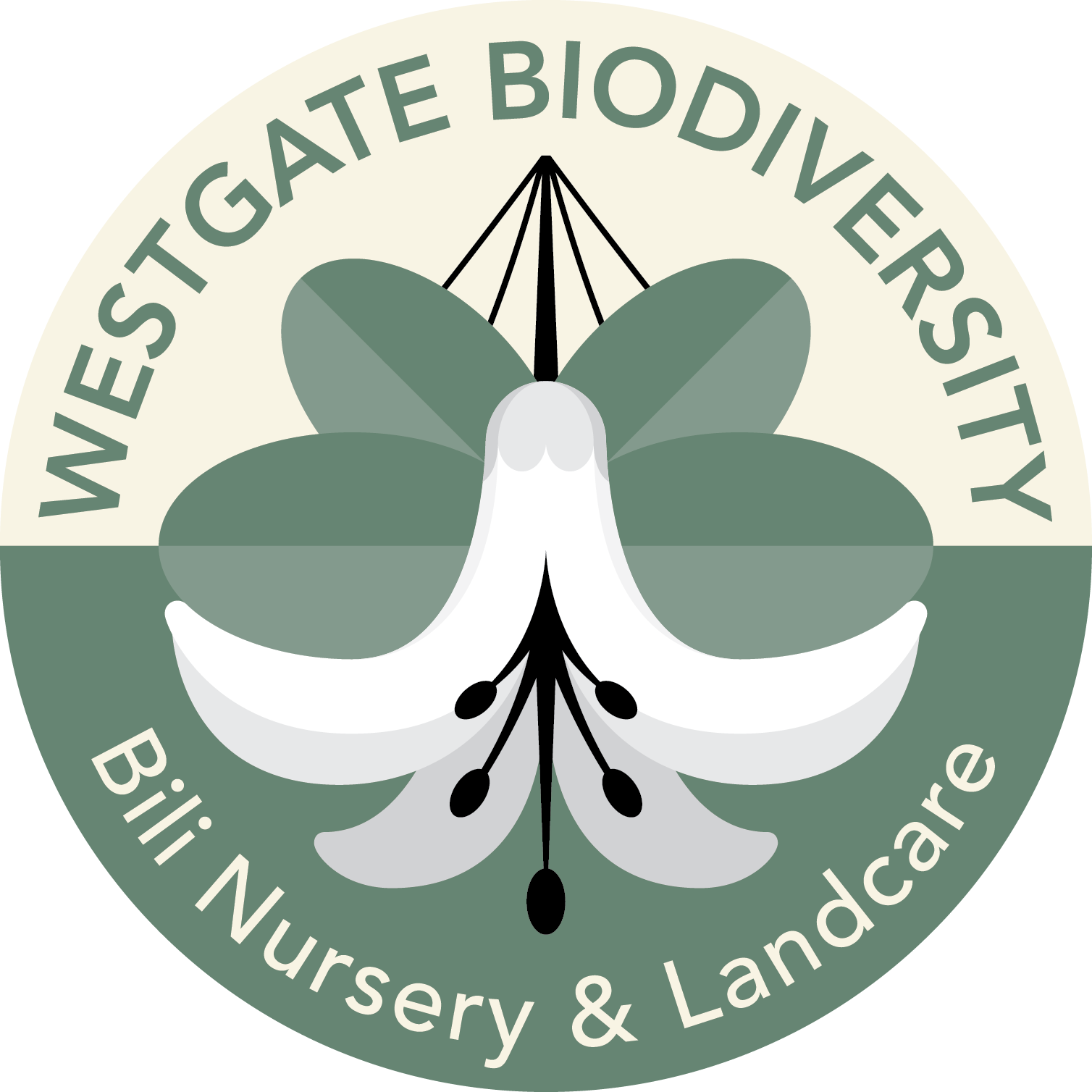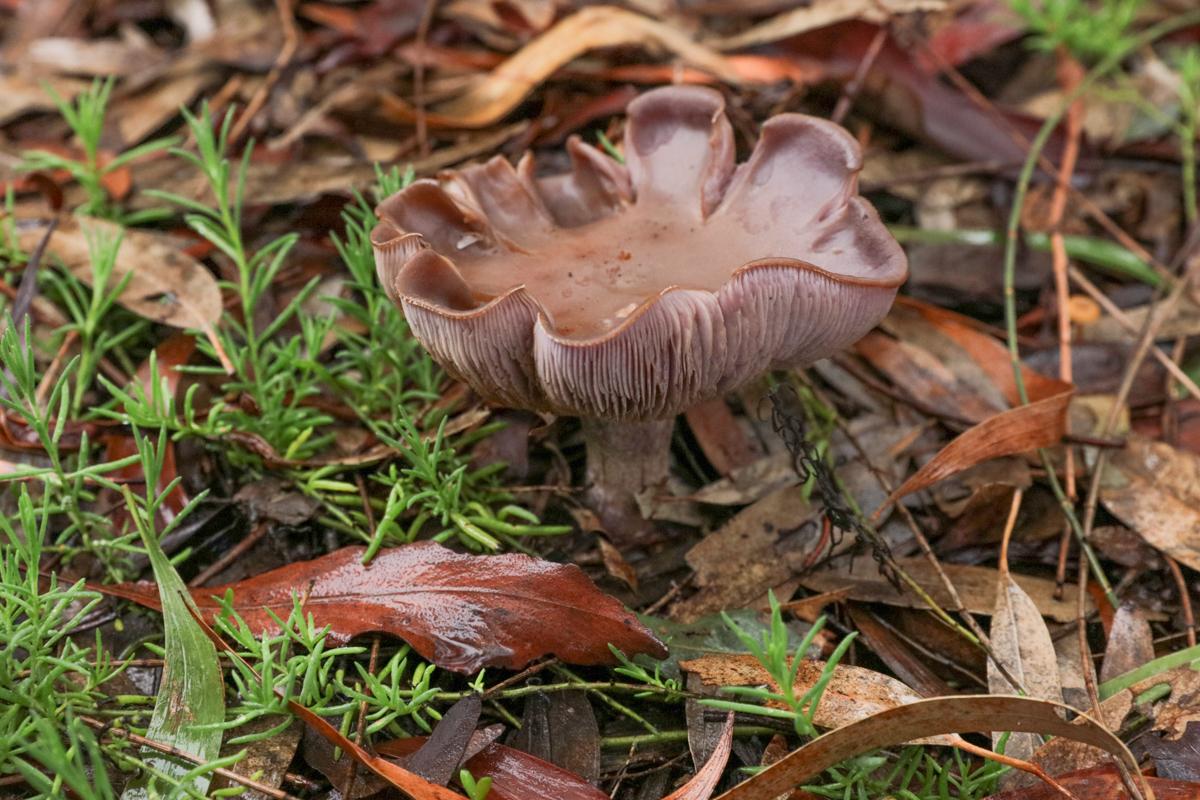Fungi
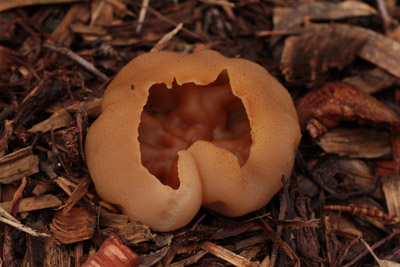
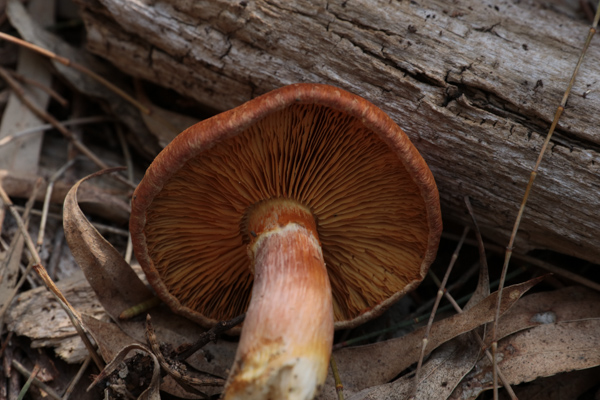
Over 80 species of fungi have been observed at Westgate Park. Astoundingly varied in form and colour, their spore bodies (the mushrooms) include gilled, cups, brackets, jellies, slime moulds, sacs, puffballs and stinkhorns.
We now know that fungi evolved about 1.5 billion years ago from a single common ancestor with animals and as a separate group of living organisms. They are neither plant nor animal!
The first fungi were likely to be aquatic and to have first colonised the land 460 million years ago; about the same time as plants. 250 million years ago they were abundant in many places on earth and likely to have been the dominant life form. Now they live in ecosystems worldwide; from rainforests to deserts, streams and oceans and at the poles and the equator.
Autumn/winter is the best time to see fungi especially after rain. From time to time we conduct public fungi forays and report our observations to iNaturalist. Here are some of the species seen in Westgate Park
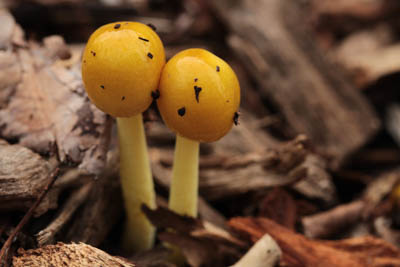
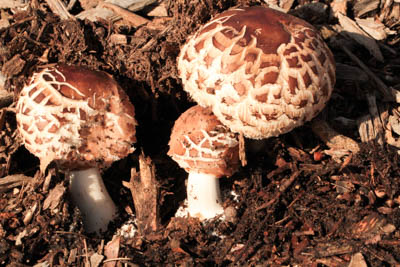

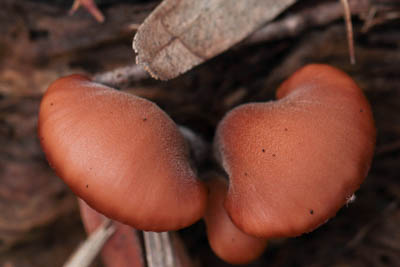
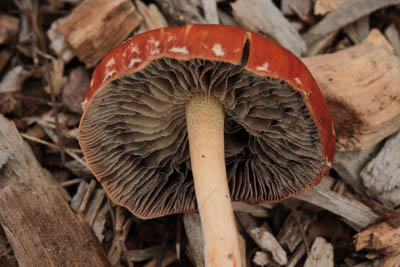
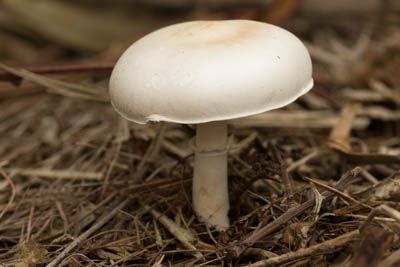
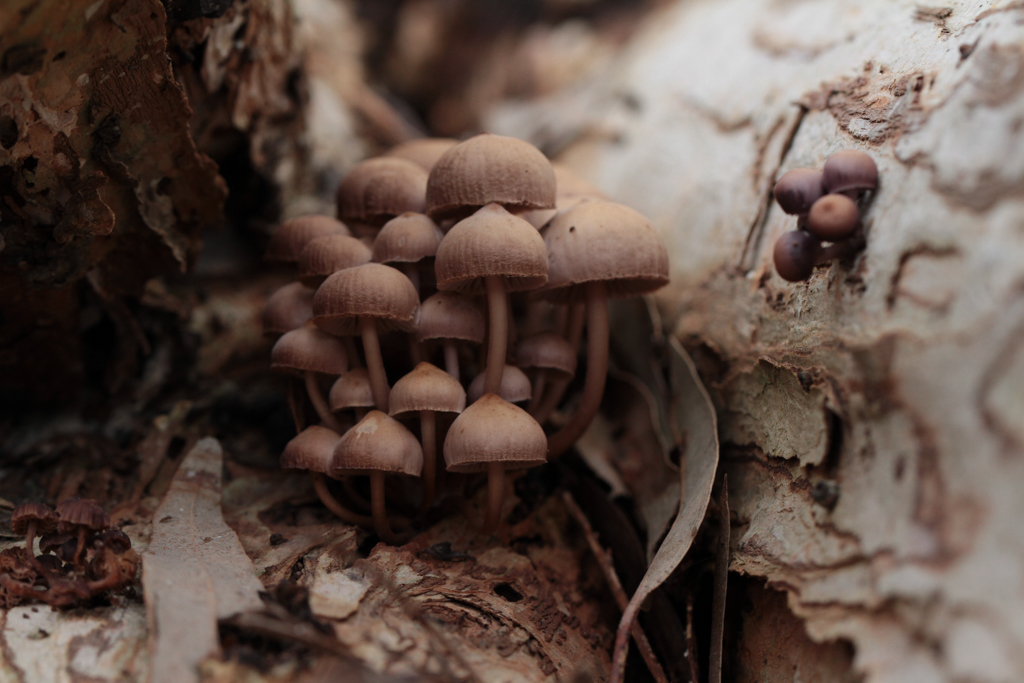
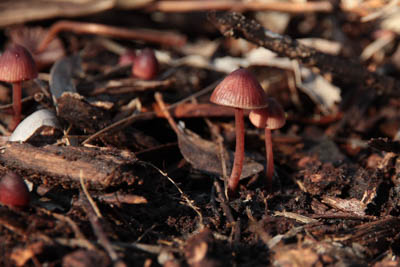
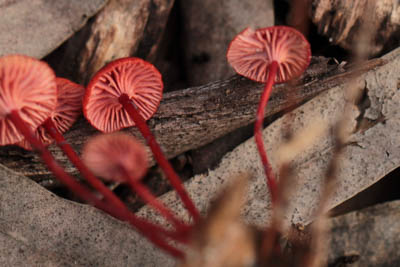
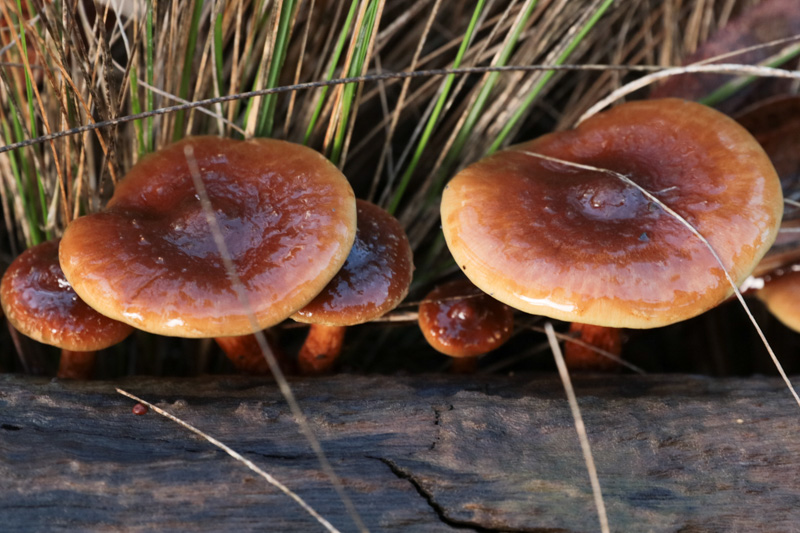
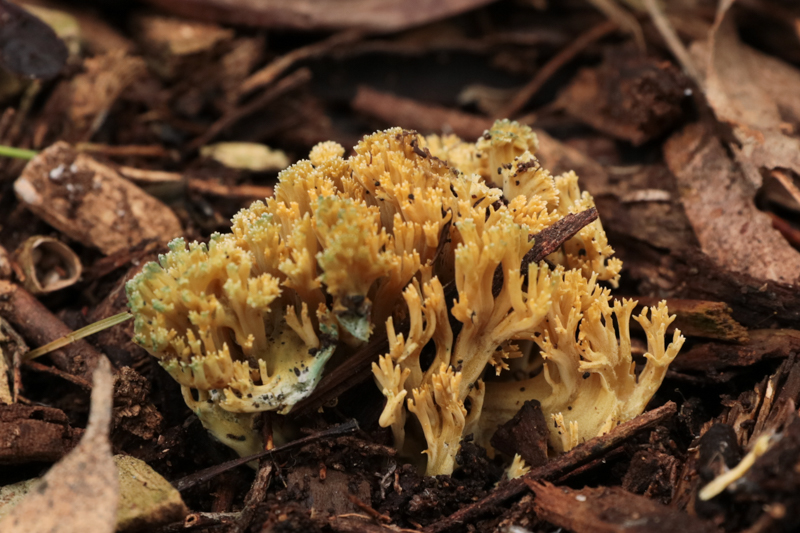
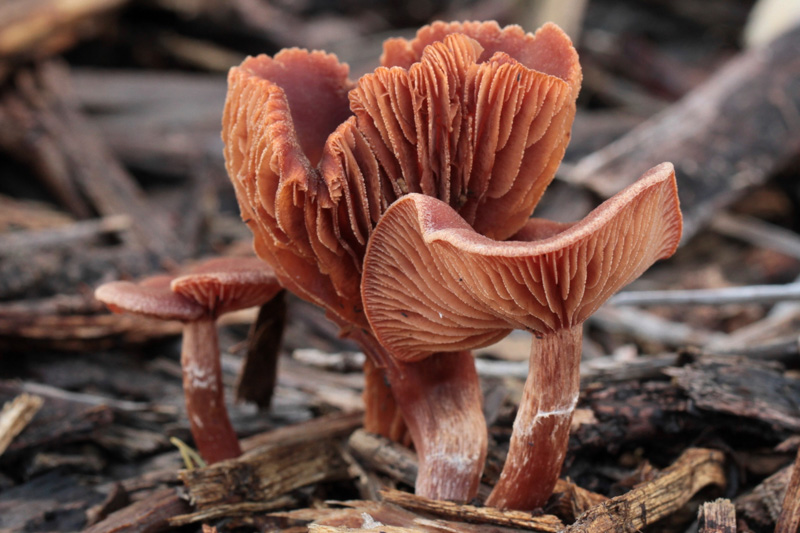
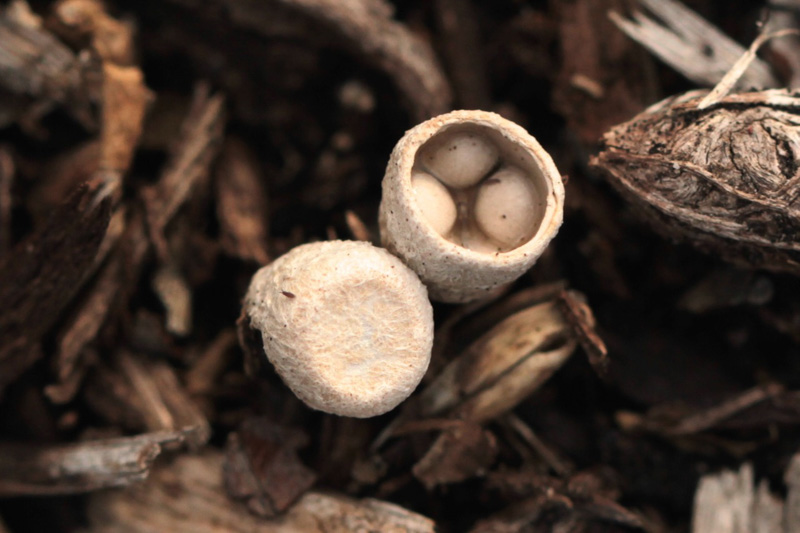
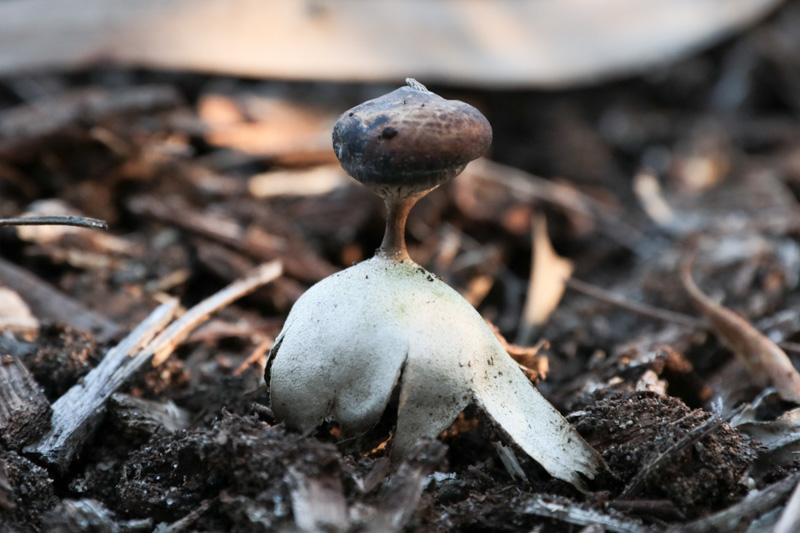
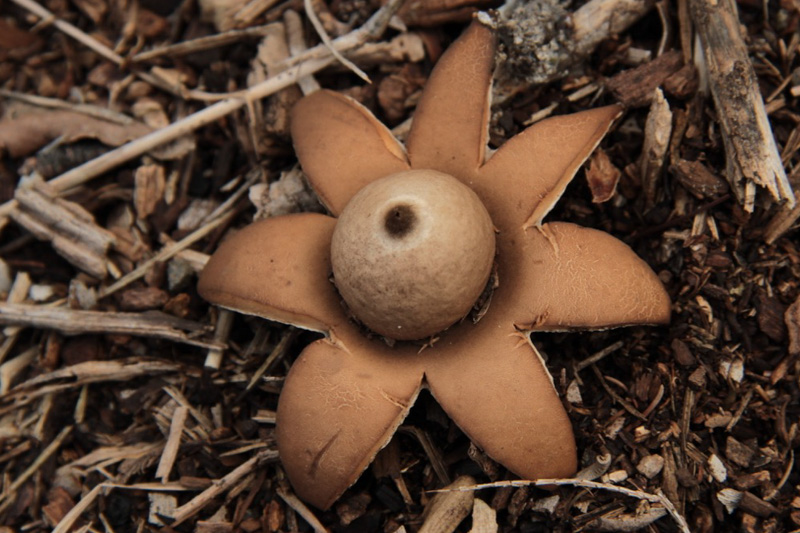
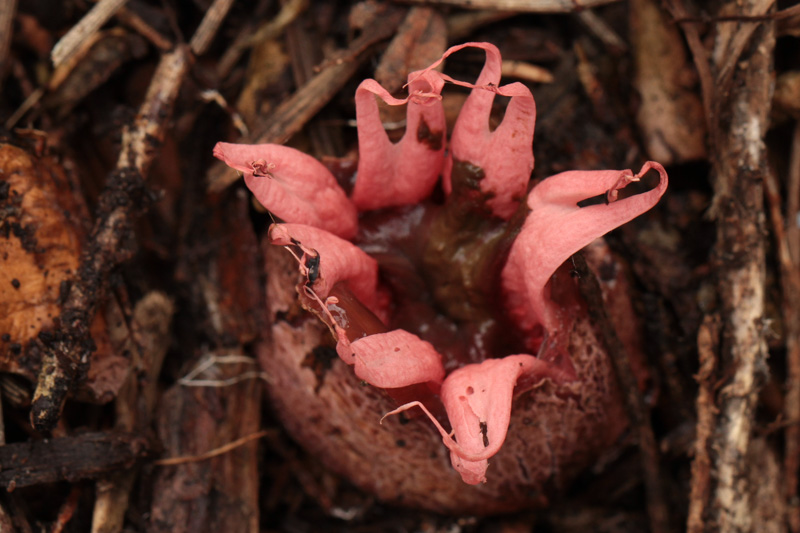
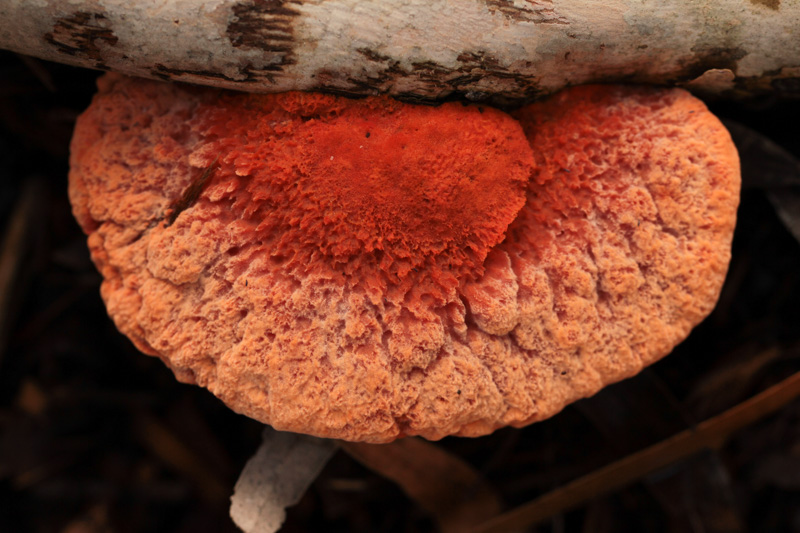
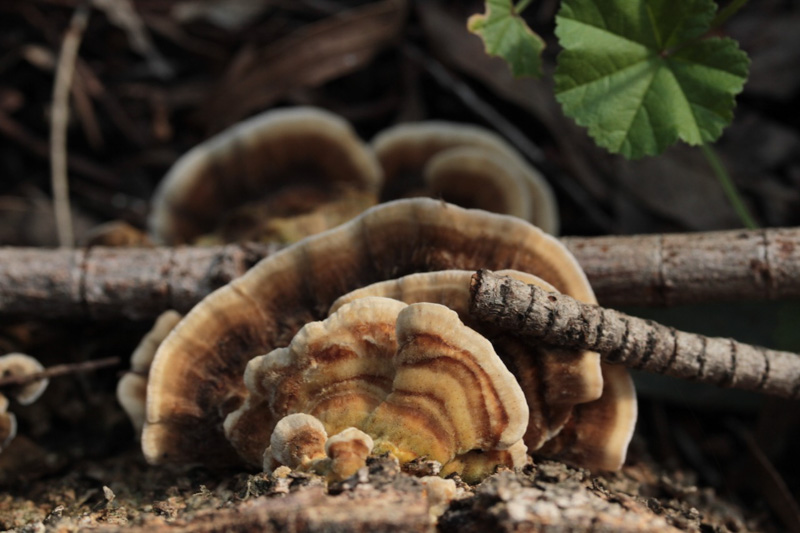
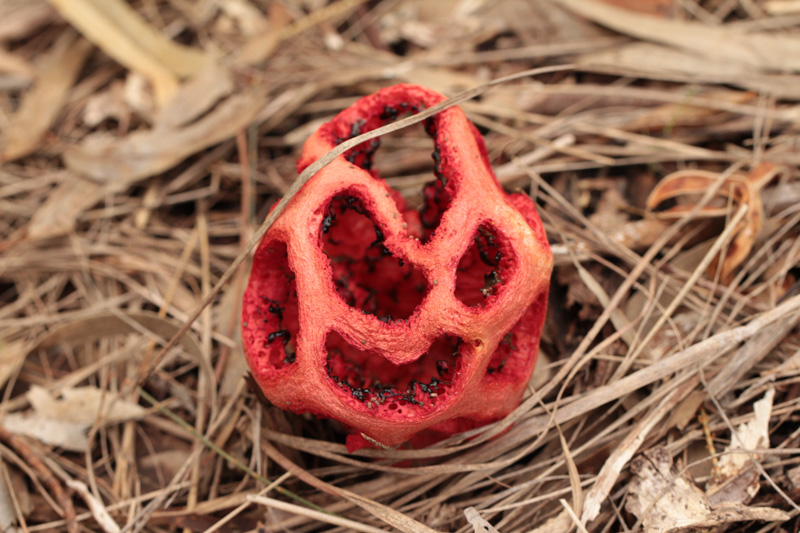
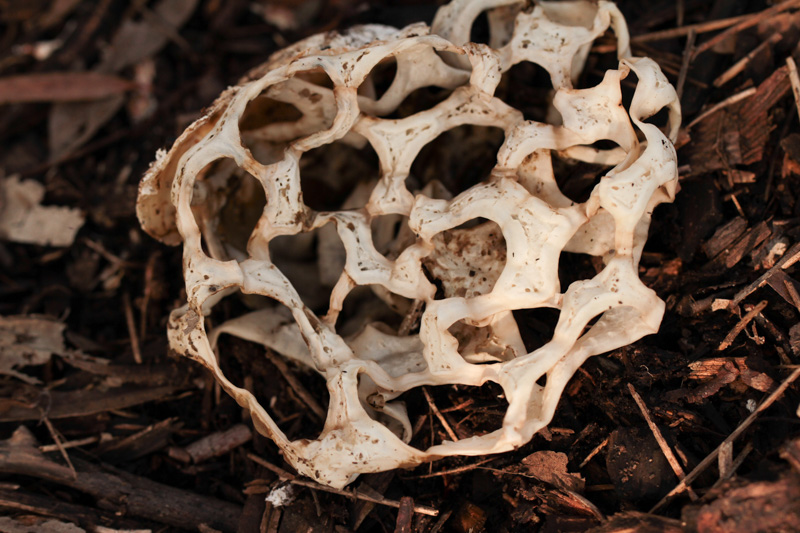
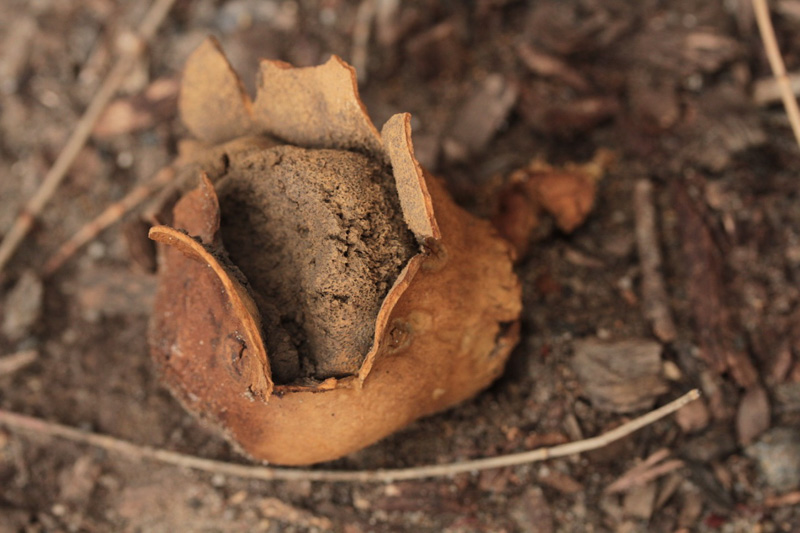
Fungi were originally thought to be plants and not very well developed ones at that. The evolutionary ancestry of fungi was not well understood because the relatively soft tissues of fungi are generally not preserved as fossils. Fungi also have relatively simple morphologies and lack embryos which follow a definite sequence of development stages – features biologists often use to determine evolutionary relationships.
New molecular techniques comparing the DNA sequences of different species have changed our understanding of the evolution of fungi and suggest fungi are more closely related to animals than plants and that there are far more species than first thought.
Scientists estimate that 25% of the world’s biomass is fungal. A recent estimate of global fungal diversity is 2.2 to 3.8 million species, of which a mere 80,000 have been studied and described.
The long evolutionary history of fungi explains their great diversity, their adaptation to every ecosystem on Earth and their important interrelationships with other life forms.
Fungi perform vital ecological roles in the carbon cycle as the primary decomposers of organic matter. They cycle nutrients, provide shelter and sustenance to animals, invertebrates and microbes, promote disease resilience, conserve soil and have highly symbiotic relationships with many plants and algae. However, one thing is certain – the world would be a very different place without fungi!
Quick facts
- Fungi evolved ~1.5 billion years ago as a group of living organisms separate from plants and animals but highly interrelated; an integral part of the web of life.
- Fungi exist in ecosystems worldwide – from north to south pole, rainforests to deserts, in streams and in oceans, even in urban areas.
- Scientists estimate that 25% of the world’s biomass is fungal
- There are estimated to be 2-3 million species, of which just 80,000 have been studied and described.
- Of >50,000 species of fungi in Australia, just 24% have been named.
- Fungi are the primary decomposers of organic matter – especially wood leaves.
- Fungi do not photosynthesise so must break down complex carbon for sugars or exchange nutrients and water with plants, receiving sugars in return.
- Many species have highly symbiotic relationships with plants and algae – eg. 90% of Eucalypt species depend on them.
- Fungi are food and shelter for fauna, they promote disease resilience, conserve and build soil, even facilitate communication between plants.
- Fungi, like plants and animals, are threatened by habitat clearing, fire, flood, weeds, disturbance, fertilisers, pesticides and climate change.
Further information:
In 1995, the Royal Botanic Gardens and the Field Naturalists Club of Victoria initiated Fungimap to improve knowledge about Australian fungi and to map their distribution. See their website: fungimap.org.au
There is a paucity of knowledge about Aboriginal use of fungi but here is the webpage of the Australian National Botanical Garden on the subject: http://www.anbg.gov.au/fungi/aboriginal.html
* Fungi Down Under – the Fungimap Guide to Australian Fungi, FNCV and Royal Botanic Gardens, 2005
* A field guide to Australian Fungi, Bruce Fuhrer, Bloomings Books, 2005
* A Field Guide to the Fungi of Australia, AM Young, UNSW Press, 2010
* Australian Fungi Illustrated, IR McCann, Macdown Productions, 2003
